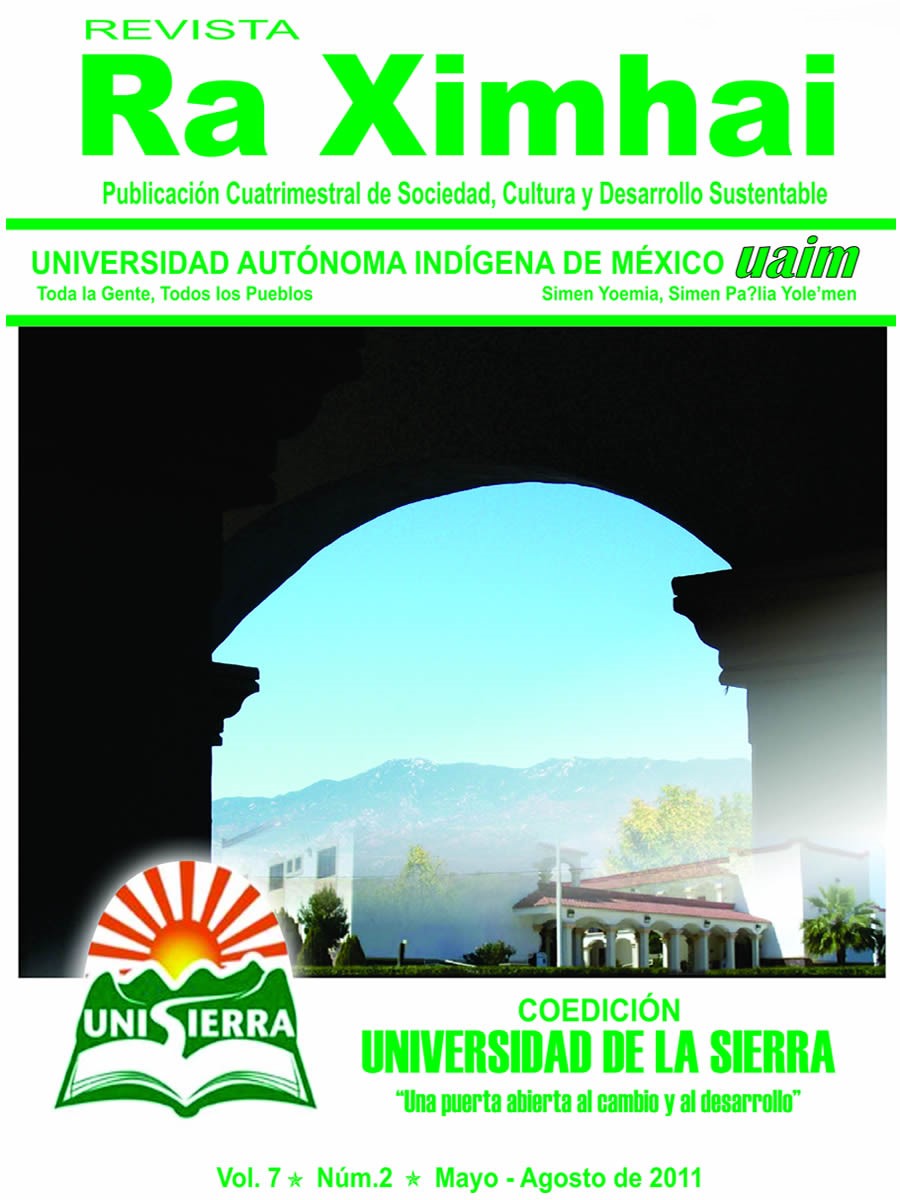Problems in accessing higher education in the low mountains of Sonora, case: Universidad de la Sierra
DOI:
https://doi.org/10.35197/rx.07.02.2011.08.mgKeywords:
higher education, rural education, Universidad de la Sierra, cultureAbstract
The objective of this work is to clarify the problem and find solutions to align in some way the academic models of the secondary and higher education institutions located in the central highlands of the state of Sonora, such as the Universidad de la Sierra and the CBTA 53, as well as to confront the culture of the inhabitants in view of the importance of young people pursuing a degree in that region.
The educational institutions mentioned above are located in the same geographic and educational area of influence, in fact, in the same town, in the northeast area of the state of Sonora.
The Sierra of Sonora had always intended to have a higher education school. By justifying the town of Moctezuma as a geographically strategic point, and thanks to the efforts made by the governor in office, the Universidad de la Sierra opened its doors to the students of the mountains in August 2002.
To analyze the functioning of an educational institution in the rural sector, a wide range of factors should be taken into account; However, in this work it will be key to analyze the disarticulation and incongruity of the educational models of a high school institution, in relation to another higher education institution, which serve as unique educational options for the population of Moctezuma Sonora and its surroundings. In addition, the cultural aspect, which reflects a regional behavior of the inhabitants of the region.
The Universidad de la Sierra is located in the mountainous region of the state of Sonora, in the municipality of Moctezuma, having an area of influence of more than 30 municipalities in this area, which did not have a higher education institution until recently.
Downloads
References
Aguirre Beltrán, Gonzalo (1970). El proceso de aculturación en México. México: Instituto de Ciencias Sociales. Editorial Cominidad. 9:12.
Briones, Guillermo (1998). Evaluación De Programas Sociales. Editorial Trillas, México.
Díaz Barriga, Ángel (1997). Convergencias En Los Programas De Estudio. Fragmento del libro “Didáctica y Currículum” Díaz Barriga, Laura, 1991. Buenos Aires.
Di Castro Stringher, Elisabetta, De los Ríos Norma (2003). Articulación Entre Entidades Académicas, Seminarios de diagnósticos locales. Universidad Nacional de Tres Febrero, Buenos Aires, Argentina.
Fullan G., Michael, (1997). El Cambio Educativo. Editorial Trillas, México.
Lecay, Rosana, (2005). El sistema educativo y el modelo de sociedad. Gobernanza en los sistemas educativos. Comunidad de Redactores.
López Rodrigo. (2002) “Trabajo académico y sociedad del conocimiento. Nuevos valores para la educación superior”. En Educación y Cultura Global. SEPYC: Sinaloa, 145-163
Méndez, José Silvestre, (2003). Problemas económicos de México. Quinta edición, Mc Graw Hill, México.
Rangel, Juan Carlos (2000) Caminito de la escuela. UPN: México, 24-27 /39-87
Sociedad Sonorense de Historia, Varios Autores, 1999. “Sonora: apuntes para la historia de la educación”. Impresora la Voz de Sonora. Hermosillo Sonora México.
Stromquist, Nelly. (2005). “La dimensión de género en las políticas educativas”. Ponencia presentada en el Seminario “Equidad, género y educación. Más allá del acceso”. Lima Perú.
Downloads
Published
How to Cite
Issue
Section
License
Copyright (c) 2011 Mercedes García Porchas, Víctor Guadalupe Santiago Hernández , Alejandro Córdova Yánez, Manuel Arturo Coronado García, Rubén Ángel Vásquez Navarro

This work is licensed under a Creative Commons Attribution-NonCommercial 4.0 International License.
Usted es libre de:
- Compartir — copiar y redistribuir el material en cualquier medio o formato
- Adaptar — remezclar, transformar y construir a partir del material
- La licenciante no puede revocar estas libertades en tanto usted siga los términos de la licencia
Bajo los siguientes términos:
- Atribución — Usted debe dar crédito de manera adecuada , brindar un enlace a la licencia, e indicar si se han realizado cambios . Puede hacerlo en cualquier forma razonable, pero no de forma tal que sugiera que usted o su uso tienen el apoyo de la licenciante.
- NoComercial — Usted no puede hacer uso del material con propósitos comerciales .
- No hay restricciones adicionales — No puede aplicar términos legales ni medidas tecnológicas que restrinjan legalmente a otras a hacer cualquier uso permitido por la licencia.








